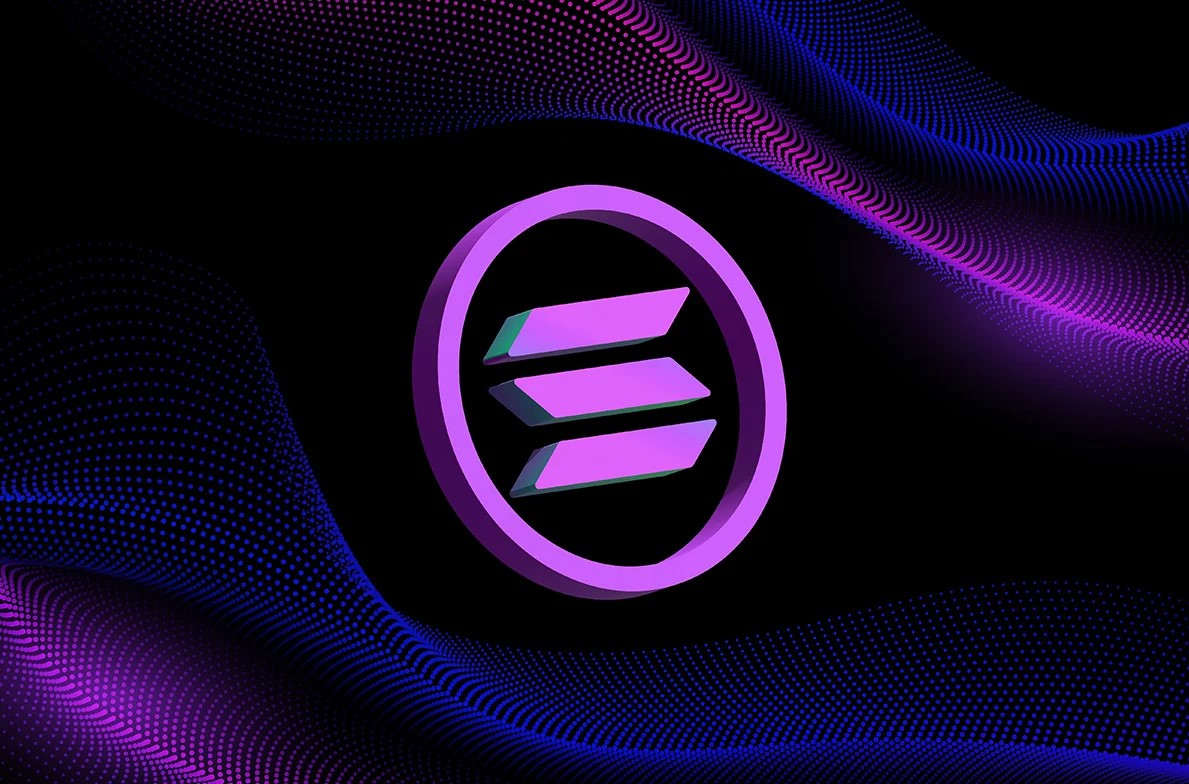ARTICLE AD
CrossFi’s mainnet launch on a highly scalable Layer 1 network that allows seamless and secure transactions at up to 10,000 TPS.
Key Notes
CrossFi launched its EVM-compatible mainnet, enabling up to 10,000 transactions per second for scalable Web3 payments.The mainnet follows a testnet with over one million active wallets and partnerships with Alchemy and key validators.CrossFi’s Layer 1 network is PCI DSS certified, with transaction fees averaging $0.02 and supports Ethereum-native asset bridging.Crypto payments network CrossFi has officially launched its EVM-compatible mainnet, marking a significant milestone in decentralized finance. Designed to power a decentralized ecosystem for Web3 payments, the CrossFi blockchain aims to revolutionize everyday transactions by offering businesses a scalable and non-custodial framework.
The launch enables businesses, including e-commerce platforms, to tap into CrossFi’s core products and process payments seamlessly. By using this Layer 1 network, companies can attract Web3 users and potentially increase revenue, all while operating on a network that supports up to 10,000 transactions per second.
Following a successful testnet phase in collaboration with CoinList, which saw over one million active wallets created, the mainnet launch is supported by several key partners. These include Alchemy and other leading validators, aiming to maximize decentralization while optimizing network performance.
CrossFi Bridges Ethereum for Web3 Payments
CrossFi’s suitability for global payments is underscored by its PCI DSS certification, a data security standard utilized by major payment cards to ensure secure data transmission and storage. CrossFi’s modular architecture incorporates compatibility with the Ethereum Virtual Machine (EVM), allowing Ethereum-native assets to be bridged to CrossFi to enhance interoperability within its growing payments ecosystem.
The network’s scalable design makes it ideal for hosting high-volume payment decentralized applications (dApps). Governance is facilitated by the Mint Power (MPX) token, which serves as a unit of computing power required to generate new XFI coins. The MPX token is also used to pay network fees, which are expected to average around $0.02 per transaction.
The CrossFi ecosystem comprises six core components, starting with CrossFi Chain as the base layer. This Layer 1 blockchain is designed for unlimited scalability and provides infrastructure for interoperable financial products. It supports over-collateralized stablecoins and synthetic asset minting, offering a robust platform for financial innovation.
CrossFi Chain offers CrossFi App, which aims to democratize access to finance. The app features staking, lending, peer-to-peer payments, crypto-fiat exchange, and virtual debit cards, providing users with a seamless experience managing crypto and fiat assets.
“We believe that financial inclusion is not just about offering financial services, it’s about creating accessible, secure, and user-friendly tools that anyone can use, regardless of where they are in the world,” said the founder of CrossFi, Alexander Mamasidikov.
Additionally, the CrossFi ecosystem includes CrossFi xAPP, a DeFi platform that enables users to engage in token swaps, bridge assets across various chains, mine native tokens like XFI and XUSD, and participate in liquidity provision.
Disclaimer: Coinspeaker is committed to providing unbiased and transparent reporting. This article aims to deliver accurate and timely information but should not be taken as financial or investment advice. Since market conditions can change rapidly, we encourage you to verify information on your own and consult with a professional before making any decisions based on this content.
Blockchain News, Cryptocurrency News, News

With over 3 years of crypto writing experience, Bena strives to make crypto, blockchain, Web3, and fintech accessible to all. Beyond cryptocurrencies, Bena also enjoys reading books in her spare time.


 1 month ago
12
1 month ago
12 

